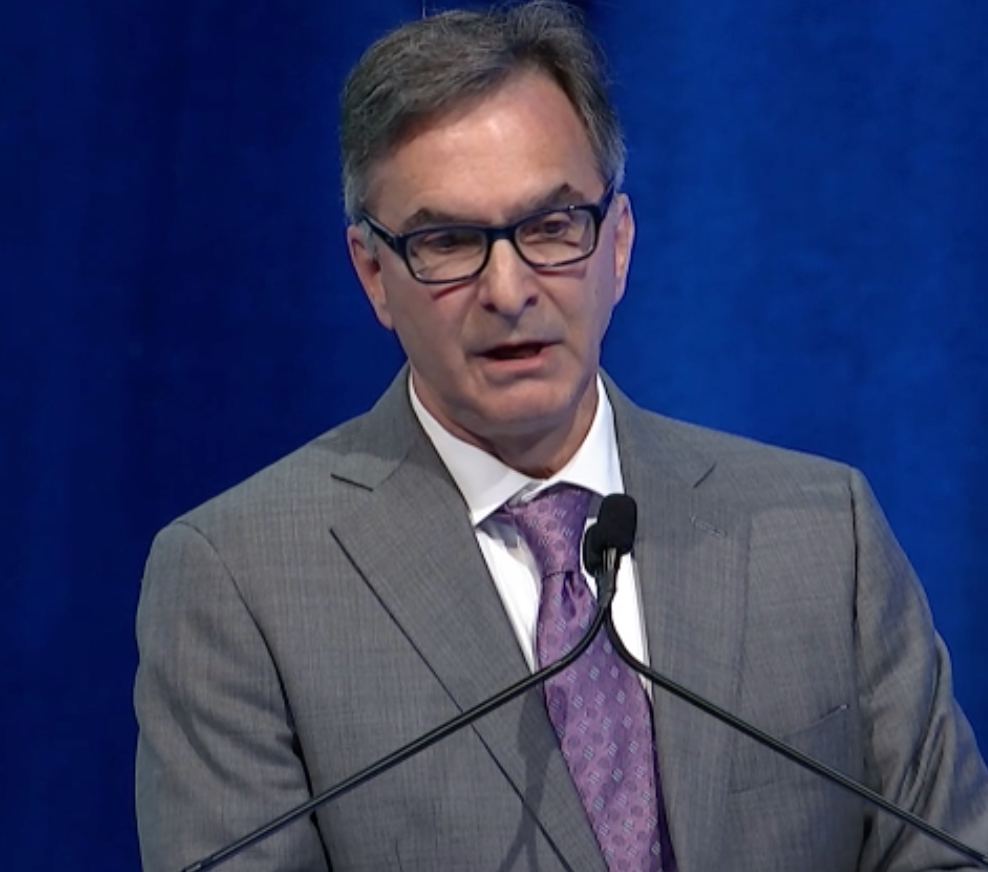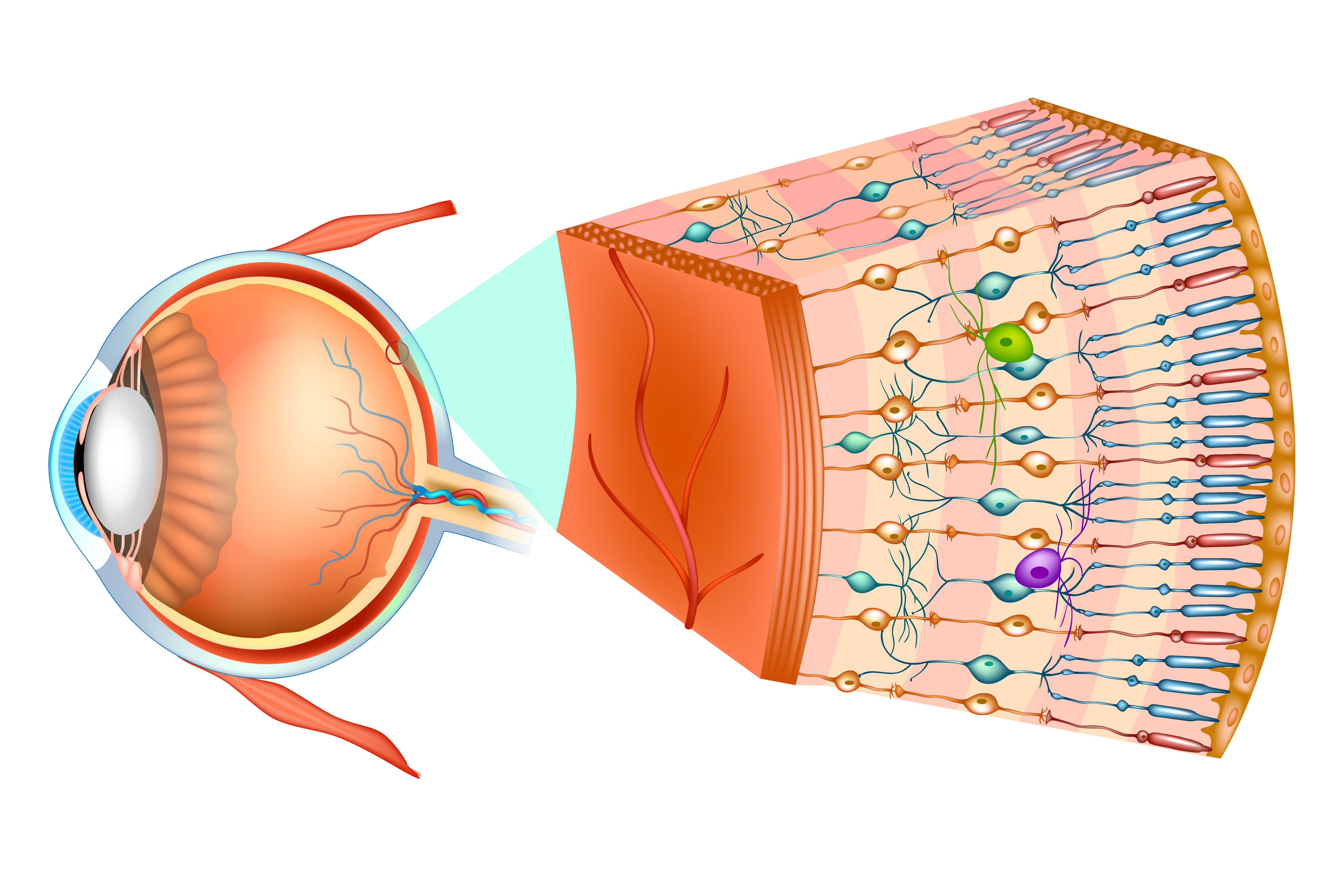- Drug Coverage
- Hypertrophic Cardiomyopathy (HCM)
- Vaccines: 2023 Year in Review
- Eyecare
- Urothelial Carcinoma
- Women's Health
- Hemophilia
- Heart Failure
- Vaccines
- Neonatal Care
- NSCLC
- Type II Inflammation
- Substance Use Disorder
- Gene Therapy
- Lung Cancer
- Spinal Muscular Atrophy
- HIV
- Post-Acute Care
- Liver Disease
- Pulmonary Arterial Hypertension
- Safety & Recalls
- Biologics
- Asthma
- Atrial Fibrillation
- Type I Diabetes
- RSV
- COVID-19
- Cardiovascular Diseases
- Breast Cancer
- Prescription Digital Therapeutics
- Reproductive Health
- The Improving Patient Access Podcast
- Blood Cancer
- Ulcerative Colitis
- Respiratory Conditions
- Multiple Sclerosis
- Digital Health
- Population Health
- Sleep Disorders
- Biosimilars
- Plaque Psoriasis
- Leukemia and Lymphoma
- Oncology
- Pediatrics
- Urology
- Obstetrics-Gynecology & Women's Health
- Opioids
- Solid Tumors
- Autoimmune Diseases
- Dermatology
- Diabetes
- Mental Health
It Flopped on Primary Endpoint, But Succeeded on Visual Acuity | ASRS 2023
AXNOO7, an investigational agent for geographic atrophy, did not affect geographic atrophy lesions but showed positive effects of tests of visual acuity. A novel, neuroprotective mechanism of action may be why.
“These are the most exciting negative trial results I have ever seen,” quipped a member of the audience at the American Society of Retina Specialists (ASRS) annual scientific meeting in Seattle.
Jeff S. Heier, M.D., seemed to agree.
Jeff Heier, M.D., presented results from a phase 2 trial of AXNOO7, an investigational agent for geographic atrophy that has a novel mechanicism of action.

Heier, co-president of the Ophthalmic Consultants of Boston (OCB), a large multispecialty ophthalmology practices in the United States, presented results from a phase 2 trial of ANX007, an investigational agent for treatment of geographic atrophy, yesterday morning. In keeping with ASRS conflict-of-interest disclosure requirements, he mentioned that he is scientific adviser to the manufacturer of ANX007, Annexon Biosciences, and has received research funds from the company.
@ Sakurra stock.adobe.com

The primary endpoint of the study, which is called ARCHER, was change in geographic lesion area as measured by fundus autofluorescence. Heier told the hundreds of retina specialists at the morning session on dry age-related macular degeneration (AMD) — geographic atrophy is an advanced form of dry AMD — that the primary end point wasn’t met.
Normally that would be seen as a major setback, with the rest of the presentation a rearguard action. But Heier told the audience that “ANX007 demonstrated significant, dose-dependent protection from vision loss” and proceeded to present data from an array of visual acuity tests, including low luminance tests, that showed that after a year the 89 patients randomized to be treated with monthly ANX007 injections fared better than the 92 that received injections every other month — evidence of the dose-dependent effect he mentioned — and that 89 patients randomized to sham treatments fared worse than those that received active treatment. He presented results showing that 5.6% of those in the monthly treatment group had persistent 15 letter loss or greater compared with 10.9% of those that received injections every other month and 21.3% of those who received sham treatments.
Heier described ANXOO7 as “well tolerated” when he showed a slide with a table that tallied up the side effects of the treatment. There were four cases of choroidal neovascularization in the monthly treatment group and four also in the every-other-month group and three cases in the sham treatment group. The data shared by Heier also showed two cases of intraocular inflammation among those who received monthly injections and one among those who received injections every other month.
Heier suggested that the reason for the apparent disconnect between failure on the primary endpoint and success on measures of visual acuity is “the novel neuroprotective mechanism of action” of AXN007. He showed images depicting the loss of photoreceptors and synapses even when the retinalpigment epithelium affected by geographic atrophy is intact. In Heier’s telling, AXN007 inhibits activation of the classical pathway of the complement system, a branch of the immune response that can result in inflammation that damages photoreceptor cells and synapses.
Heier said planning for a phase 3 study of AXNOO7 and regulatory discussions are ongoing.
When a Biosimilar Might Increase Not Decrease Costs | Ravi Parikh, M.D., M.P.H., ASRS 2023
July 30th 2023The approval of an ophthalmic bevacizumab biosimilar might mean the end of low-cost, repackaged Avastin as an anti-VEGF treatment for retinal diseases, with the unintended consequence of adding $457 million to Medicare B spending.
Read More
Endophthalmitis After Anti-VEGF Injections: A Rare But Real Risk | ASRS 2023
July 30th 2023Researchers used the American Academy of Ophthalmology's IRIS database to quantify the risk of endophthalmitis — inflammation of intraocular fluids — after injections with anti-VEGF drugs. They found that post-injection endophthalmitis occurs, on average, once every 3,500 injections.
Read More
Eylea Biosimilar Produces Favorable Results in a Switching Study | ASRS 2023
July 30th 2023Samsung Bioepsis' SB15 was comparable to Eylea (aflibercept) in a 56-week randomized clinical trial that included a rerandomization at 32 weeks. The rerandomization resulted in 111 study volunteers switching from Eylea to the biosimilar for the last part of the study.
Read More
The Long and Short (Interval Switch) of the PULSAR Trial | ASRS 2023
July 29th 2023About 20% of patients in the trial of a high-dose, longer-interval regimen of Eylea (aflibercept )switched to shorter intervals, according to data presented today at the American Society of Retinal Specialists annual scientific meeting, which is being held in Seattle. Researchers didn't find any clues as to why in their baseline characteristics.
Read More
Geographic Atrophy Presents Significant Burden to Patients and Caregivers | ASRS 2023
July 29th 2023Patients with geographic atrophy and their caregivers would benefit from support and accommodations related to managing daily life activities and social activities, as well as their mental health, Sophie J. Bakri, M.D., said during her presentation
Read More
